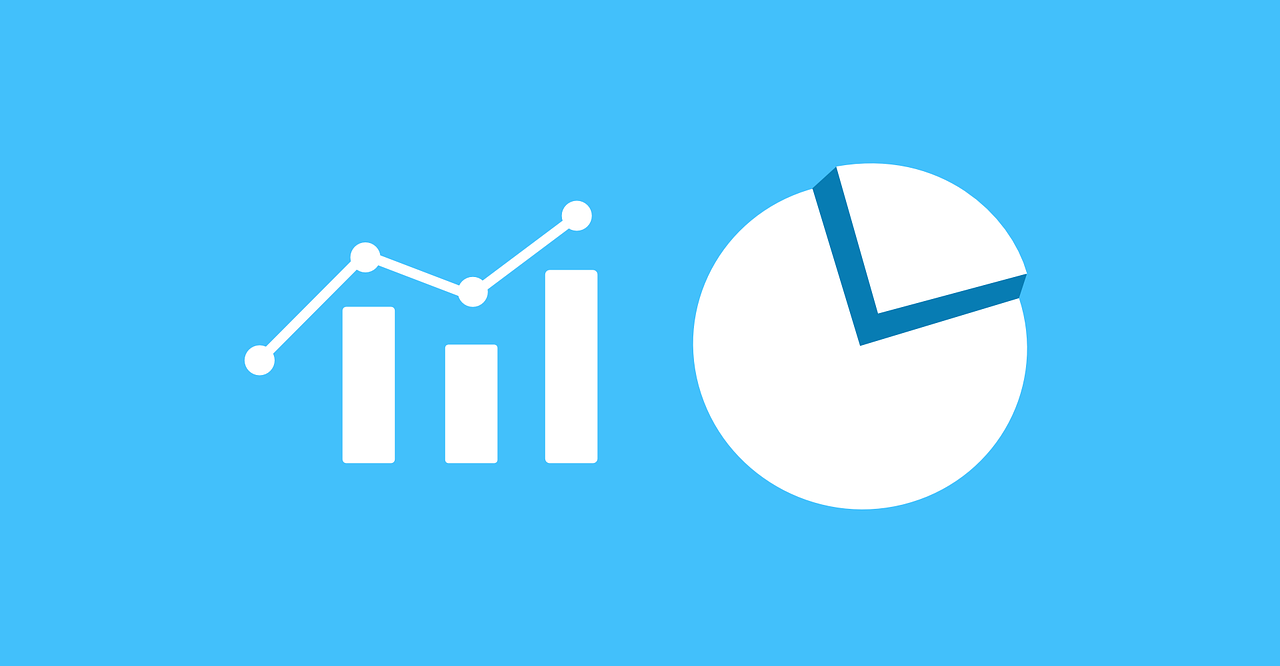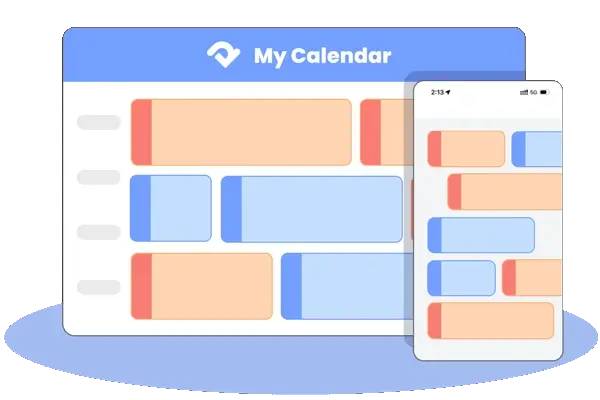As the vacation rental industry continues to expand at a rapid pace, Airbnb has become one of the leading earners of income for hosts all around the world. With competition in the air, it’s more important than ever to have a solid understanding of exactly what your Airbnb occupancy rate is and what you can do to increase it in order to maximize your potential revenue. For small and mid-sized property owners, earning a higher occupancy is about much more than just listing a property – it’s about savvy management, informed decisions, and delivering the best guest experience possible.
In this post, we’ll explore what is a good occupancy rate, why it’s important, and how you can begin to increase your occupancy rate.
What Is a Good Occupancy Rate for Airbnb?
The occupancy rate is a critical metric for short-term rental success, reflecting the percentage of time a property is booked over a given period. The formula is straightforward:
For example, if your listing was available for 50 nights and booked for 30, the occupancy rate would be:
(30 ÷ 50) × 100% = 60%
But what qualifies as a "good" occupancy rate?
According to recent data from AirDNA, the average Airbnb occupancy rate across the U.S. was approximately 54.3%. However, this figure varies significantly depending on location, season, and property type.
Top-performing markets show much higher occupancy. Cities like New York, San Diego, and Seattle often see average rates around 60% to 75%, while some resort areas and urban hubs exceed 80% during peak travel seasons. For instance, listings in Maui, Hawaii, reached over 80% average occupancy during peak months.
On the other hand, rural or highly seasonal markets may see occupancy dip to 30%–40% in off-peak periods, with averages stabilizing around 50%–60% annually.
In general:
- Above 65% is considered strong for urban and year-round destinations
- Below 40% may indicate issues with pricing, visibility, or guest experience
Benchmarking your performance against your local market average helps you assess whether you’re maximizing your property’s potential or leaving revenue on the table.
Why Is Occupancy Rate Important for Airbnb Hosts?
Occupancy rate is the most important key performance indicator in rental income because it determines your total income. A house that stands empty earns you no money. Regardless of the property’s facilities and location.
A better occupancy rate means:
- Better cash flow: More nights booked translate to consistent income.
- Improved listing visibility: Airbnb’s algorithm favors active, well-reviewed listings with frequent bookings.
- Stronger guest reviews: With more visitors, you increase the chances of earning 5-star ratings.
- Operational efficiency: The more your property is used, the better you understand maintenance schedules, guest preferences, and ways to optimize the experience.
In the end, a higher occupancy rate brings you more visibility, more credit and more business.
How to Increase Your Airbnb Occupancy Rate
Improving occupancy isn’t about slashing prices or relying on luck. It’s a calculated effort that involves pricing strategy, communication, presentation, and leveraging technology.
Adjust Minimum Stay Requirements Based on Demand
Instead of using a fixed minimum stay rule, adjust it based on seasonality and guest type. During peak seasons or local events, longer stays can reduce turnover and increase revenue. In low-demand periods, shorter stays (1–2 nights) attract weekend travelers, business guests, and last-minute bookings.
Flexible minimum stay settings help fill gaps in your calendar and improve overall occupancy.
Use Dynamic Pricing Based on Seasonality and Events
Guests expect variable pricing. A flat nightly rate year-round ignores critical factors such as holidays, weekends, festivals, and demand surges.
Utilize dynamic pricing tools or property management systems (PMS) platforms to adjust rates based on real-time market trends, competitor analysis, and event calendars. This ensures you're not undercharging during high demand or scaring off guests during slow seasons.
Offering last-minute deals, early-bird discounts, or long-stay incentives (e.g., 10% off for 7+ nights) can fill gaps and encourage longer stays.
Optimize Amenities and Space Layout
The quality of your amenities can strongly influence both booking rates and guest satisfaction. Fast Wi-Fi, a comfortable workspace, blackout curtains, well-stocked kitchens, and eco-friendly toiletries can transform your listing from “average” to “must book.”
Design and layout also matter. Photos of clean, uncluttered rooms with plenty of natural light perform better in search results and guest impressions. Consider professional staging or subtle updates like new linens or modern lighting.
Become an Airbnb Superhost
Airbnb’s Superhost program rewards hosts who provide exceptional service. To qualify, you’ll need:
- At least 10 completed stays
- A response rate of 90%+
- A cancellation rate under 1%
- A minimum rating of 4.8
Becoming a Superhost enhances your listing with a visible badge, filters you into special search categories, and earns you trust with new guests. Higher trust means more bookings.
Accumulate Positive Reviews
Guests rely heavily on peer feedback. A single glowing review can inspire confidence; multiple 5-star ratings make your listing irresistible.
Encourage satisfied guests to leave feedback by sending polite follow-ups after their stay. Offering personalized touches—like a handwritten welcome note or local recommendations—creates memorable experiences that guests are eager to share.
Even if you receive a less-than-perfect review, respond with professionalism and grace. Future guests notice how you handle criticism.
Improve Photos and Descriptions
Listings with high-quality photos outperform those with dark, blurry, or outdated images. Invest in professional photography or at least use a high-resolution camera with natural lighting.
Descriptions should be clear, honest, and compelling. Highlight your unique selling points: Is it a city-view balcony? A pet-friendly garden? Proximity to subway stations?
Don’t forget your title—it’s the first impression in search results. Instead of “Nice 1-Bedroom Apartment,” try “Chic Downtown Loft Near Art District + Free Parking.”
Respond Quickly to Inquiries
Booking decisions often come down to response time. Guests want reassurance that their questions will be addressed swiftly.
Maintaining a high response rate boosts your Airbnb ranking and gives travelers peace of mind. Use a unified inbox to manage conversations across multiple OTAs and avoid missing any guest messages.
Automation tools can also help—sending instant confirmations, check-in instructions, and reminders without manual input.
Promote Your Listing on Social Media
Don’t rely solely on Airbnb’s platform for visibility. Create dedicated pages for your property on platforms like Instagram, Facebook, TikTok, and Xiaohongshu (RED). Share local content, guest stories, and seasonal promotions.
Direct booking capabilities are growing thanks to platforms, which let guests book straight from your social media or website without paying third-party commissions.
Cross-channel marketing not only increases exposure but also builds a personal brand around your property.
Monitor Competitor Pricing to Stay Competitive
Keep an eye on similar listings in your area—your comp set. If your property remains vacant while others are booked, check their pricing. They may be offering lower rates, flexible policies, or better value during certain dates. Adjusting your prices in response to market trends helps you stay competitive and capture more bookings, especially during shoulder seasons or low-demand periods.
Final Thoughts
Improving your Airbnb occupancy rate is a multifaceted process. It involves strategic pricing, streamlined communication, enhanced guest experience, and smart use of technology. Rather than treating your rental as a side hustle, approaching it like a business—backed by tools like Smart Order—can make a significant difference.
In today’s competitive short-term rental market, being reactive isn’t enough. Success comes from proactive optimization, and that begins with tracking the right metrics, embracing automation, and staying in tune with guest expectations.
If you're ready to grow your Airbnb business, boost your bookings, and simplify operations—Smart Order is here to help.

